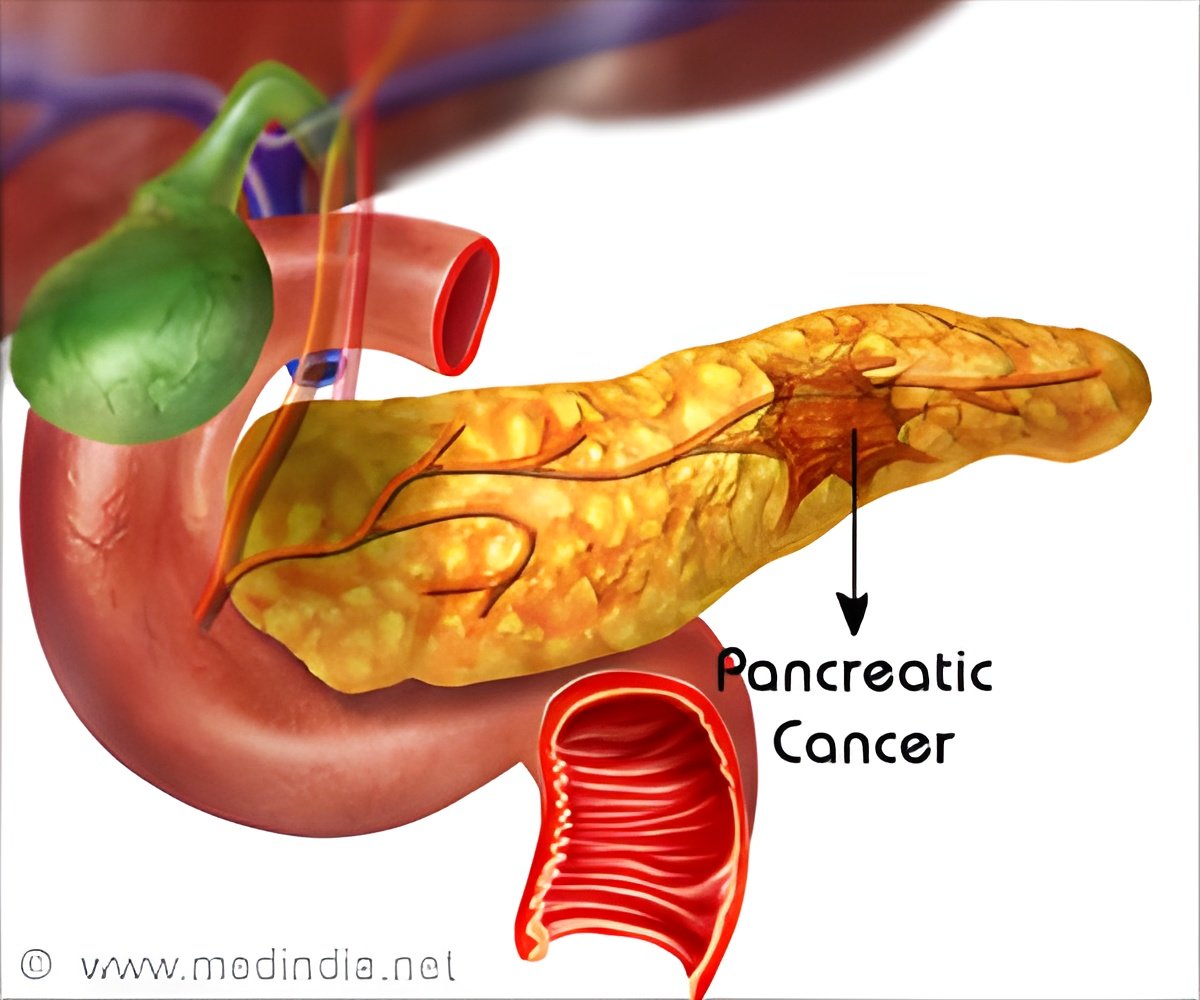
PDACs do not typically trigger an immune response against the cancer cells that comprise, but with the help of a vaccine developed by Johns Hopkins researcher Elizabeth Jaffee, M.D., the scientists were able to "reprogram" tumors to include cancer-fighting immune system T cells.
The vaccine, known as GVAX, consists of irradiated tumor cells that have been modified to recruit immune cells to a patient's tumor. The researchers tested GVAX in combination with an immune modulator drug called cyclophosphamide, which targets a type of immune cell, called Tregs, that typically suppresses the immune response of certain T cells that destroy cancer.
The reprogramming is designed to make the tumors more vulnerable to other immune-modulating drugs that have been useful in fighting other cancers, said Jaffee, The Dana and Albert "Cubby" Broccoli Professor of Oncology at the Johns Hopkins University School of Medicine.
Jaffee and colleague, Lei Zheng, M.D., say the vaccine could potentially convert many types of tumors to a state where immunotherapies can have a much larger impact.
For example, Jaffee says, in certain melanomas, "we've tested immunotherapies that target T cells and have found a 10-30 percent response in cancers that naturally have the ability to trigger immune system responses, but there are few options for the other 70 percent of patients who barely or never respond to immunotherapies."
Advertisement
The aggregates could "really shift the immunologic balance within a tumor, setting up an environment to activate good T cells to fight the cancer, by tamping down Tregs," Jaffee said, "and such T cells would be educated to recognize the cancer proteins in that specific tumor environment."
Advertisement
The researchers' next study in PDAC patients will test a combination of GVAX and an antibody to PD-1, one of the immune-suppressing molecules that became more active after vaccination. "We think combinations of immune therapies will have the biggest impact," he says.
Source-Eurekalert











